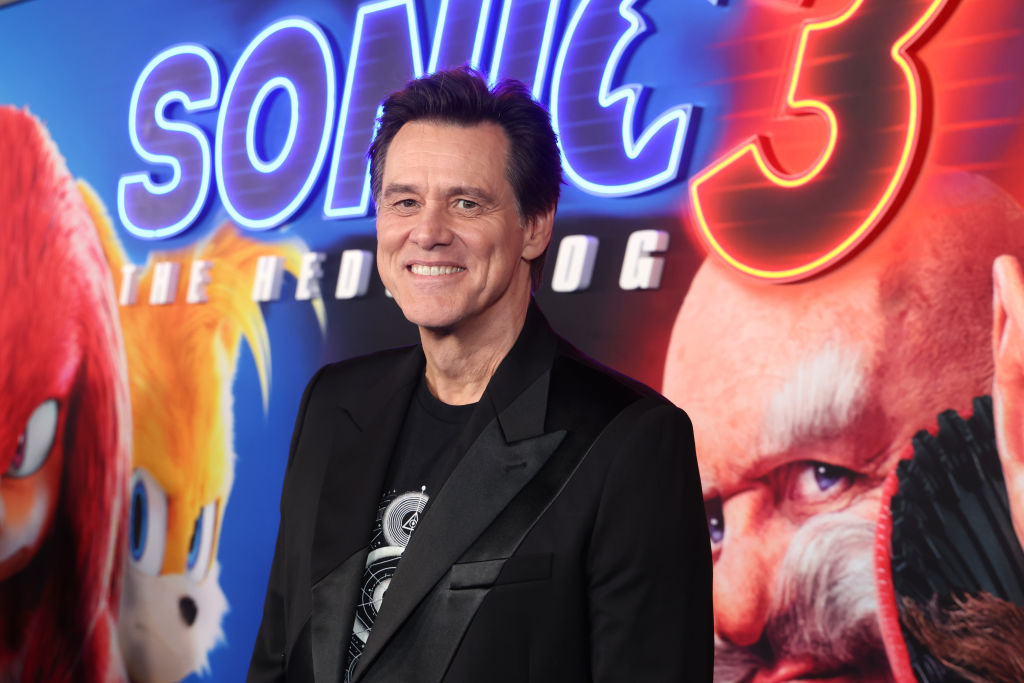
Retirement can last 20-plus years, but without planning, those days of traveling, pursuing hobbies or visiting grandchildren may be short-lived.
Just ask Jim Carrey, an A-list celebrity who came out of retirement because he needed money. He’s not alone. Harrison Ford, who recently made his Marvel Cinematic Universe debut in "Captain America: Brave New World" at age 82 said it was an easy decision because of the money. Meanwhile, Nicolas Cage, Hugh Grant and Al Pacino all said they had taken on new roles because they ran out of cash.
But celebrities aren’t the only ones. A recent survey of retired adults by Resume Builder found that 13% of retirees say they are likely to start working again this year, with many citing an increased cost of living as the reason.
Add a recent sell-off in the markets, concerns about tariffs and trade wars and the pruning of the Federal workforce, and it's not surprising retirees' budgets are being squeezed.
A recent National Council on Aging study found that close to 50% of adults 60+ have household incomes below the standard needed to afford basic needs.
But unretiring doesn’t have to be a foregone conclusion for you. There are ways to avoid the mistakes of retirees before you, including celebrities who were once worth hundreds of millions of dollars, and it all starts with proper retirement planning.
“When you want to build a house you don’t go out and buy a bunch of materials,” says Paul Camhi, vice president and senior financial advisor at The Wealth Alliance in Melville, NY.
“You meet an architect, draw up plans, hire a contractor and hopefully everything goes to plan and you have a beautiful house.”
The same goes for retirement. You can’t just start living off the pile of money you have saved and see what happens. That could be a recipe for disaster if you blow through your savings too quickly.
Be realistic about your retirement plan
Your retirement plan also has to be realistic, considering all the income you will have access to and weighing that against your daily and monthly expenses, and hobbies and travel you want to pursue.
“Celebrities often spend their oversized paychecks on things that actually cost them more money. Right now, they have the funds to buy that mansion or that mega yacht, but they don’t have the ongoing income necessary to keep and maintain the purchase,” says Christopher R. Manske, a certified financial planner and president of Manske Wealth Management in Houston.
“Houses require insurance, taxes, and maintenance, and the bigger the house, the higher these bills are. Regular folks can avoid celebrity-style problems if they take into account the amount of income needed every month to keep and operate their boats, cars, and homes.”
Retirement planning should also consider how inflation will impact your purchasing power and what would happen if any unexpected illnesses or emergencies were to occur.
After all, any unexpected illness can be a significant hit to your savings balance. A 65-year-old individual may need as much as $165,000 in after-tax savings to cover medical expenses, according to the 2024 Fidelity Retiree Health Care Cost Estimate. Don’t forget to consider longevity. The longer you’re likely to live the more cash you’ll need in retirement.
Armed with a plan, Camhi says he encourages his clients to “save until it hurts.” That doesn’t mean you shouldn’t enjoy your life while you are working but it does mean you need to strike a balance between saving and spending with abandon.
It’s also a good idea to start planning for retirement while you’re still working. That will help you identify any cash flow shortfalls and give you time to save more or to extend your retirement date.
“When you no longer have a paycheck, having a plan in place is the key to a successful retirement,” says Camhi.
“If you wake up at 65 years old and start planning your retirement, you don’t have time to put yourself in a successful position to enjoy retirement and the lifestyle you are accustomed to.”
Limit your withdrawals
If you are already retired and considering returning to work because of a shortfall, Jackie Fontana, certified financial planner at FBB Capital Partners in Bethesda, Maryland, recommends first looking at your withdrawal rate.
If you retire at 65 and expect to be in retirement for twenty-plus years, Fontana says the rule of thumb is to withdraw about 4% of your retirement savings each year.
She says that if you work until you are 75, the withdrawal rate may increase to between 6% and 7%, she says. If you are withdrawing 10% of your savings annually, that should raise a red flag that it's time to rein it in a bit.
In that instance, reducing your withdrawal rate may be all it takes to remain retired. If figuring it out on your own seems too overwhelming, Fontana says a trusted, licensed and vetted financial adviser can help you plan and keep you on track.
“Not everyone is going to be like Jim Carrey, who can return to the workforce and make a couple of million dollars. 99.9% of us don’t have that luxury so we need to have a roadmap,” says Fontana.
Want more guidance on retirement savings? Sign up for Kiplinger's six-week series, Invest for Retirement.







